Mozart’s Piano Concerto in E flat KV 271 has long been known as the ‘Jeunehomme’ — but it was discovered in 2004 that it was actually composed for Louise Victoire Jenamy; Mozart misspelled her name as ‘jenomy’ in a letter to his father in 1778 and so created a misunderstanding that lasted for over two centuries.
Mozart composed his Piano Concerto KV 414 in Vienna in 1783. Evren Ozel, the soloist in these two works, says that this work “is more carefree and allows the performers to explore a gentler and more tender side of Mozart”. It was only two years after his first violin concerto that Mozart – then 19 years old and concertmaster to the Prince-Archbishop of Salzburg — composed his second, KV 211; two more followed within the year. “The art of performing Mozart’s music is to play it with simplicity and life while remaining true to the Classical style”, says Jan Mráček, the second soloist on this, the twelfth volume in the Next Generation Mozart Soloists series conducted by Howard Griffiths.
Evren Ozel, Pianist
Jan Mracek, Pianist
ORF Radio-Symphonie Orchester Wien
Howard Griffiths, Conductor
Tracklist
Please note that the below previews are loaded as 44.1 kHz / 16 bit.Total time: 01:14:45
Additional information
| Label | |
|---|---|
| SKU | ALPHA1139 |
| Qualities | DSD 512 fs, DSD 256 fs, DSD 128 fs, DSD 64 fs, DXD 32 Bit, WAV 96 kHz, FLAC 192 kHz |
| Channels | |
| Artists | Evren Ozel, Howard Griffiths, Jan Mráček, ORF Radio-Symphonieorchester Wien |
| Composers | |
| Genres | |
| Original Recording Format | |
| Release Date | July 18, 2025 |
Only logged in customers who have purchased this product may leave a review.

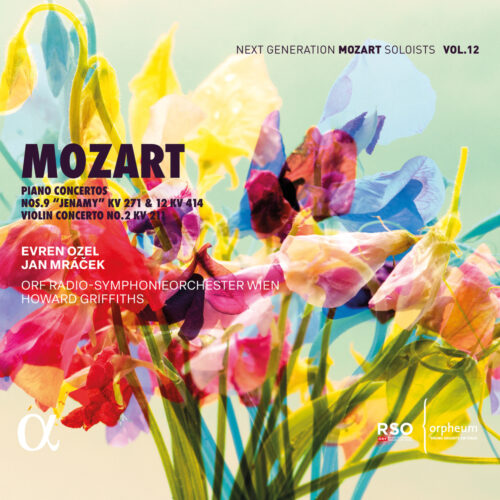
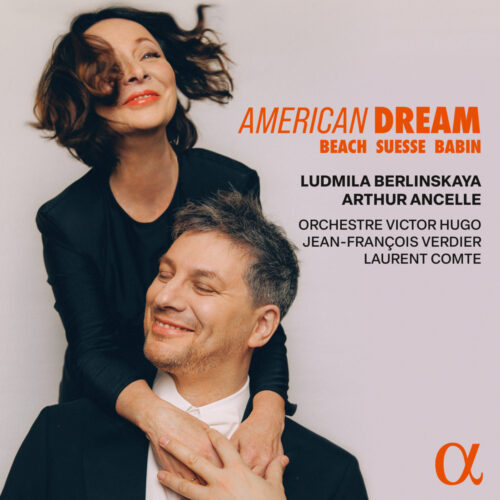
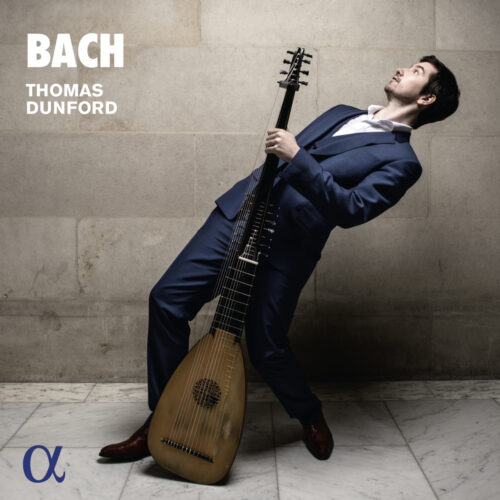
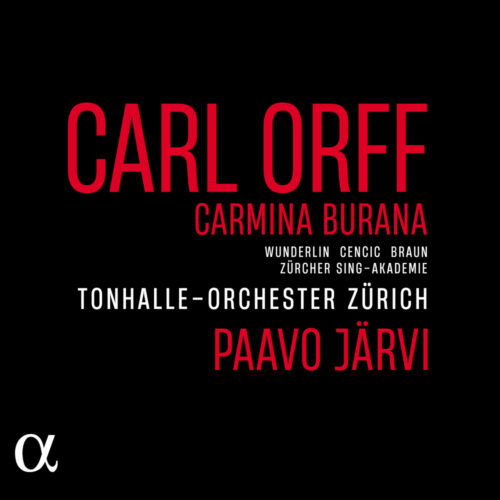
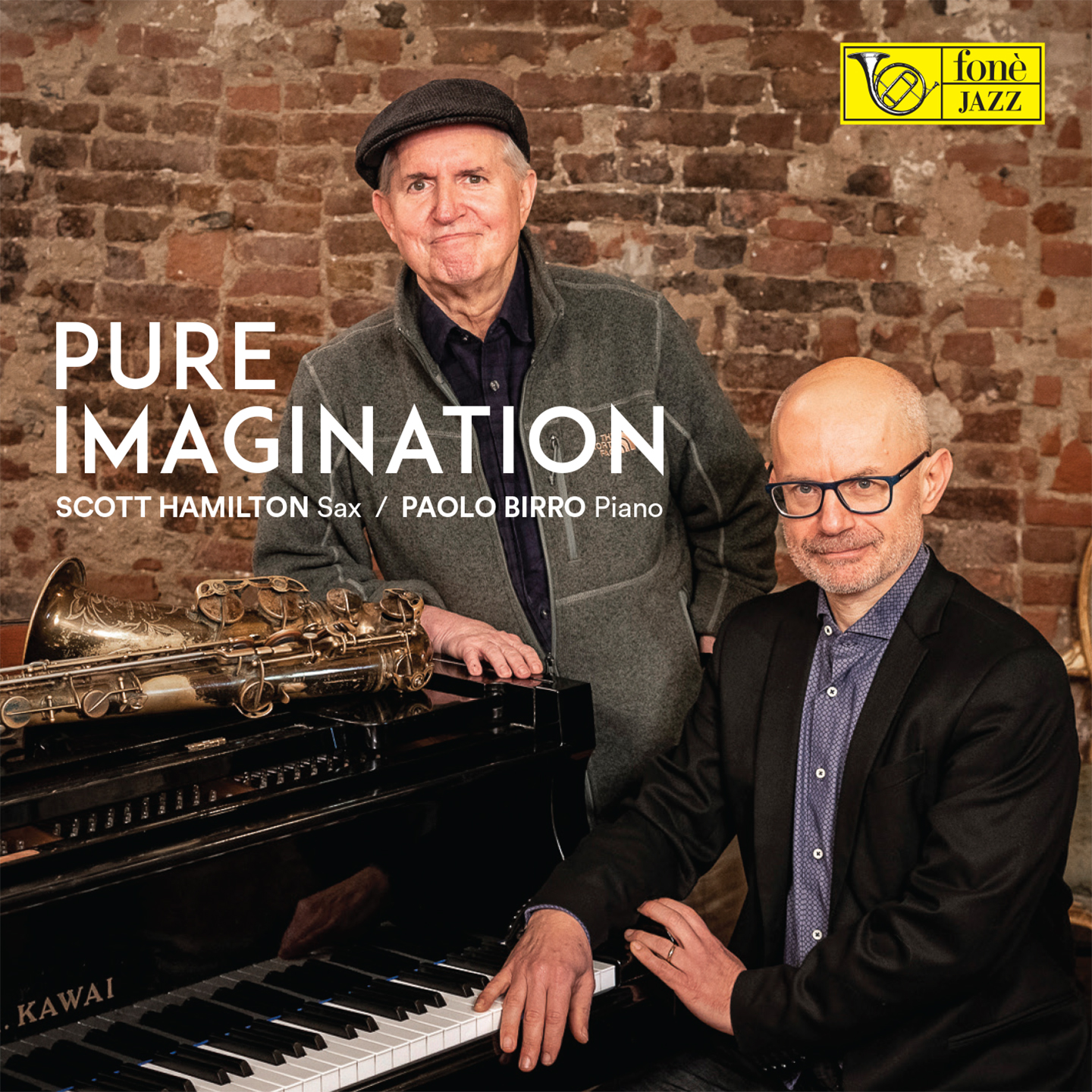
Reviews
There are no reviews yet.